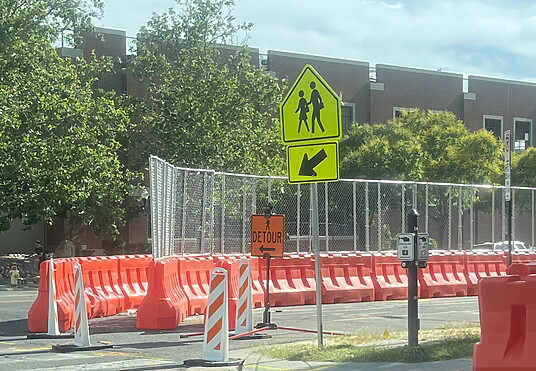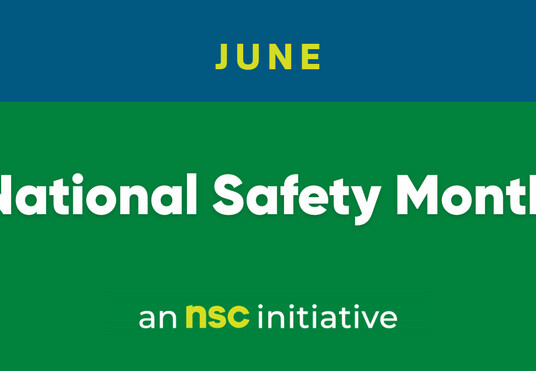How to Build a School Safety Plan

As of 2025, at least forty-four states (and the District of Columbia) require that public schools maintain an active safety plan, which details what steps should be taken by students, faculty, and staff should a disastrous event or other emergency occur, as well as for day-to-day activities and school functions. There are several levels, or facets, to the complexity of safety plans, and each is helpful for specific instances. Reporting systems, threat assessments, emergency operations plans, site and faculty training, student training/exercises and drills, and recovery plans all play essential roles in the safety of schools across the country. By creating an effective overall school safety plan for emergencies, school functions, and everyday protocols, schools can ensure the safety of students and staff alike.
If you are a parent, teacher, or administrator working on a safety plan for the upcoming academic year, here are some elements to consider.
1. Maps
A school safety plan should include a map of school grounds and floor plans with all exits clearly marked. A master map, located centrally, is the bare minimum, but ensuring that maps are located around the entire school helps increase safety and aids in navigation on a daily basis and in a crisis. A visual representation of the exact location where a map is (on the map itself), as well as the quickest way to a safe exit, can be a literal lifesaver in the case of an emergency.
2. Meeting Points
Pick meeting points either on or around school grounds, and ensure that there is a space where students know to go should something go wrong or should they need to be picked up by a parent. This can be during an emergency, like an evacuation, or during everyday after-school pickup. Meeting points can also be included on the map, and it’s helpful to color code and include a legend so there is no confusion about what something means.
3. Safety Equipment
Utilizing safety equipment such as crowd control barricades in high-traffic areas – like cafeterias, hallways, or entrances and exits – can help direct people to the correct places and minimize crowd crush, especially in the event of an emergency. Using traffic safety barriers in areas like the parking lot or in crosswalks also goes a long way toward improving safety measures in all situations. Whether it is during daily school activities, at large after-school events, or during a crisis, these barriers can add a level of organization that helps increase the safety of all people in attendance.
4. Emergency Materials
In addition to utilizing equipment to maintain order in the event of an emergency, having materials such as flashlights, first aid kits, and walkie-talkies on hand can be life-saving, should the unthinkable happen. There are also kits available in the case of lockdowns, shelter-in-place orders, or other emergencies that include supplies like water, trauma treatment supplies, a bucket toilet, emergency food bars, or survival blankets. Determining what sort of supplies would be most helpful to staff and students in the event of an emergency is an important thing to consider when creating school safety plans.
5. Designate Roles
Assigning roles to specific individuals in advance can help ensure a smooth operation in the event of an emergency or disaster. For example, one staff member can be assigned to close and lock doors in the event of an intruder, or a teacher can be placed in charge of taking a headcount of students after an evacuation due to fire. Laying out these details in your school safety plan will prevent important steps from being forgotten or repeated when time is limited and every minute counts.
6. Safety Policies
Your school safety plan should align with your overall official safety policies and should include information on how to engage with parents and the community in the event of a disaster or crisis, an emergency plan, training and drills, and how the school will recover from whatever event occurred – whether counseling will be needed, community support, or something else.
Start Planning Today
Having an official school safety plan is crucial so that students, teachers, and parents alike know what to expect and what steps to take should an emergency occur. Taking steps to make your school safer every day is the key to ensuring that your school’s safety plan can be implemented effectively. At OTW Safety, we are passionate about providing the highest quality of safety equipment available. For information on items like barricades and how they can protect students both in everyday life and during emergency situations, contact us at (801) 363-7740 or orders@OTWsafety.com.


